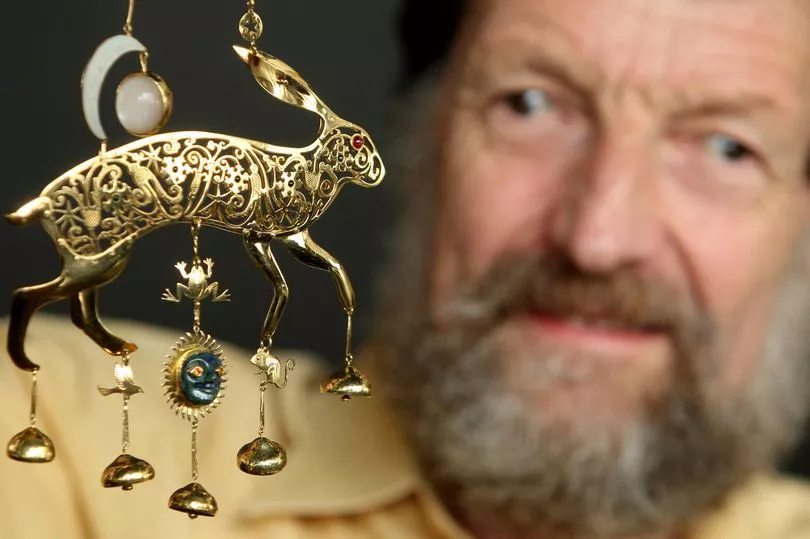Conjuring Up Positive Uncertainty
In 1979, artist and author Kit Williams buried a handmade golden hare somewhere in the English countryside. He wrote a beautifully illustrated puzzle book – Masquerade – which captivated millions of people who hoped to find the hidden treasure. This was positive uncertainty at work at national scale.
As detectorists and puzzle enthusiasts fanned out across fields and chewed pencils trying to decode clues, they enjoyed the frisson of possibility that they might stumble upon the fabled golden hare (valued at around £3,000 at the time). Williams was activating a powerful behavioural insight.
The Positive Uncertainty Must Be Shared
Masquerade niggled so many people because Williams had deliberately ceded control of the golden hare. He did not lock it in a safe to award it to someone who presented him with a perfect solution to his puzzles. He took a risk that it might be stumbled upon by accident. It really was possible that anyone might find it.
As a result millions looked – and spread the word, and purchased the book.
If you’re not interested in capturing that kind of mindshare, there’s no need to read on.
Making Positive Uncertainty Work For You
Look beyond the usual stakeholders – your customers, colleagues, investors. How many other people really care about your mission, and your chances of success? A well designed prize programme can exponentially increase the number of people who are engaged – creating an army of referrers who raise awareness and ultimately bring you the customers, investors and expertise you need. And as Masquerade showed, the returns can far exceed the cost of the prize. Expect an ROI to thrill your CFO.
Putting The Hare Into Share
Hello Again Zeigarnik Effect
We find unfinished issues more memorable than those that are resolved – yet the default for most business communicators is to try to reach conclusion. When you create and share positive uncertainty, you niggle your way into hearts and minds. This is a behavioural insight to help you cut through in the exponential era.

